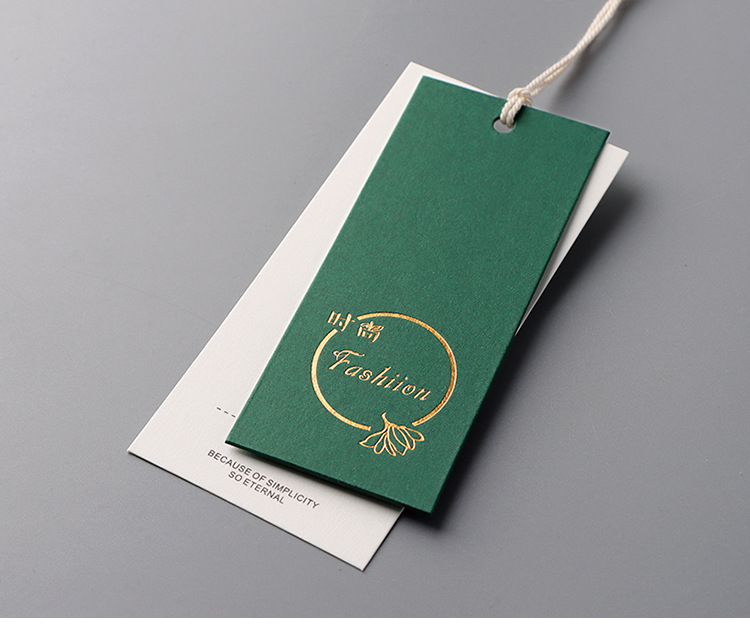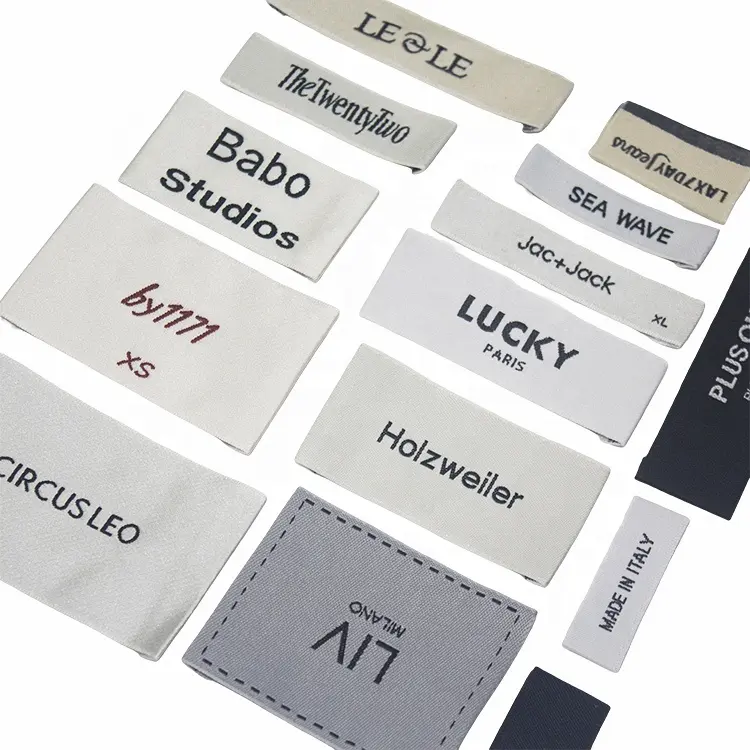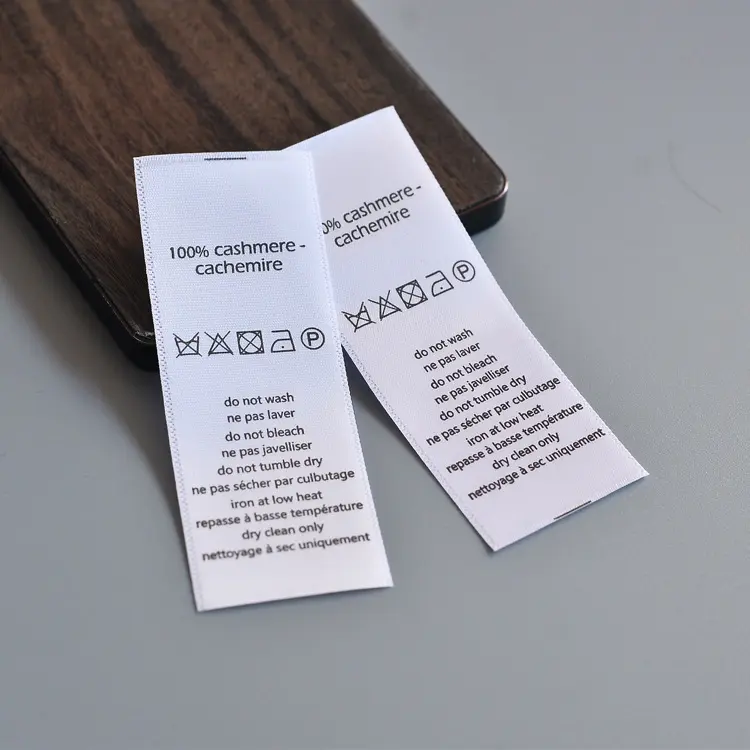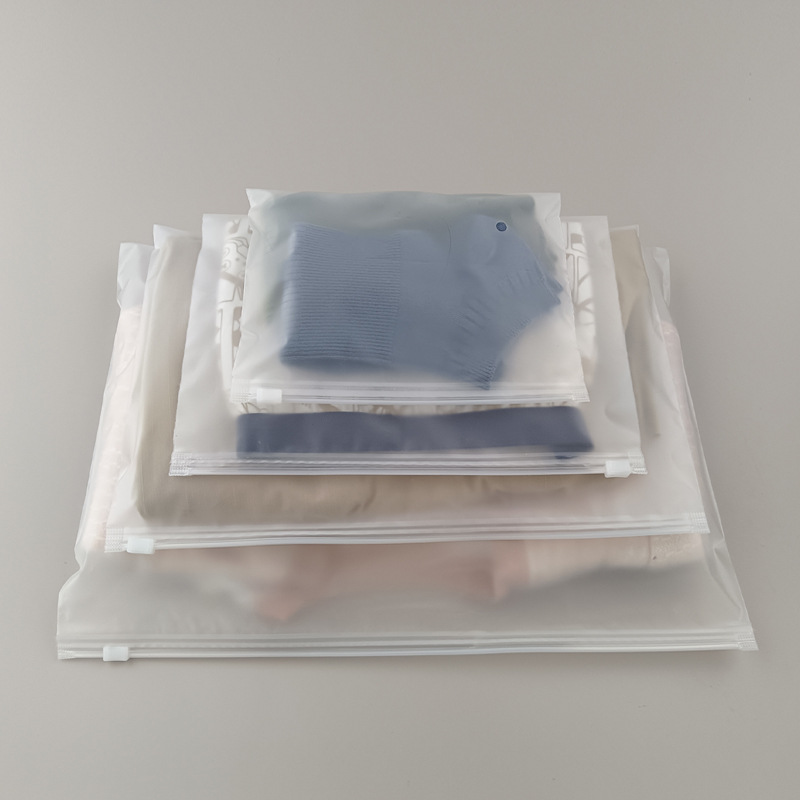Differences Between UV Printing and Traditional Printing
Differences Between UV Printing and Traditional Printing
UV printing is a printing process that dries and cures inks using ultraviolet light. It requires inks containing photoinitiators to be combined with UV curing lamps. UV printing is one of the most important processes in the printing industry. The key differences between UV printing and traditional printing lie in their processes, technical characteristics, material adaptability, printing effects, environmental performance, and application areas.
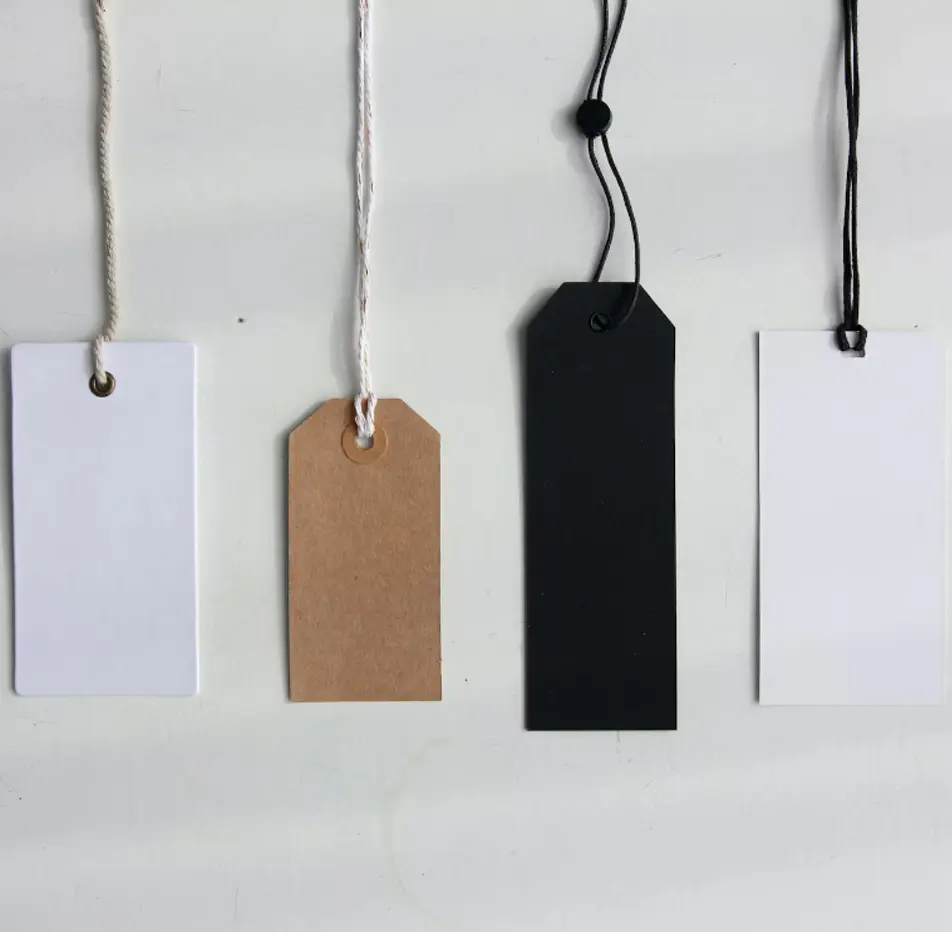
Process Differences
Traditional printing involves creating a plate, applying ink, and using pressure to transfer ink onto various materials to reproduce the original content in bulk. UV printing, on the other hand, is a process that uses ultraviolet light to dry and cure the ink. It requires special inks containing photoinitiators and UV curing lamps.
Technical Characteristics
In addition to traditional inks, traditional printing can also use special inks such as security inks. A significant advantage of UV printing is that it uses UV inks in amounts similar to conventional four-color printing processes, while significantly reducing ink waste.
Material Adaptability
Compared to traditional printing, UV printing has a broader material adaptability and can print on various surfaces such as metal, plastic, and ceramics. This technology is particularly suitable for customized products, as it can quickly switch printing patterns to meet the demand for diverse products in the market. UV printing not only improves production efficiency but also reduces production time due to its instant drying feature, allowing businesses to respond to market needs quickly. Furthermore, UV printing is environmentally friendly, as the UV curing inks do not produce volatile organic compounds (VOCs) during curing. In terms of printing effects, UV printing achieves high resolution and clarity, especially on transparent materials, where it outperforms traditional printing methods. Therefore, UV printing technology not only demonstrates significant advantages in material adaptability but also brings new development directions to the printing industry in terms of customization, production efficiency, and environmental performance.
Comparison of Printing Effects
UV printing delivers superior printing effects with high resolution and clarity, enabling clear and realistic patterns on transparent materials. In contrast, traditional printing performs poorly on transparent materials.
Environmental Performance Comparison
Traditional printing uses solvent-based inks that can release VOCs, potentially causing environmental pollution. In contrast, UV printing uses UV curing inks that do not emit VOCs during the curing process, making it more eco-friendly. UV inks offer advantages such as energy savings, solvent-free emissions, and high production efficiency. They are suitable for a wide range of materials and cure quickly, reducing energy consumption. Additionally, the use of UV inks helps reduce harmful waste, promoting a green transformation in the printing industry. As technology develops, the environmental performance of UV inks continues to improve, with water-based or plant oil-modified inks further reducing environmental impact. Overall, UV printing outperforms traditional printing in terms of environmental friendliness, printing effects, and production efficiency.
Application Areas
UV printing is suitable for a wide range of products, including electronic product casings and ceramic mugs, and can be used on metals, plastics, and other surfaces. Its broad applicability across multiple fields has earned it greater development space in the market.
LIJIE China offers various customized hangtags, welcome to place your order.
























